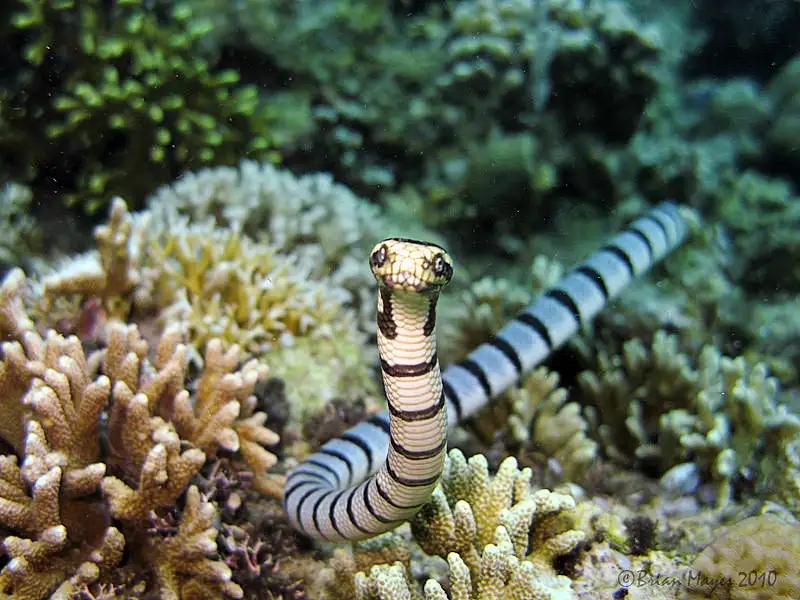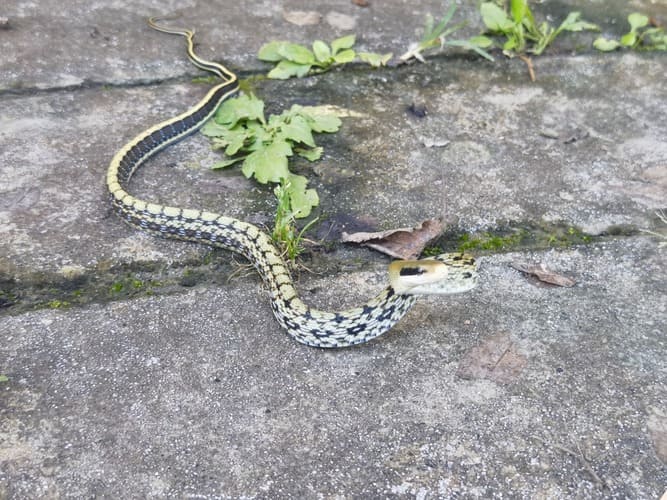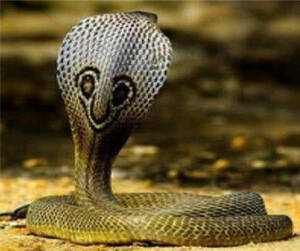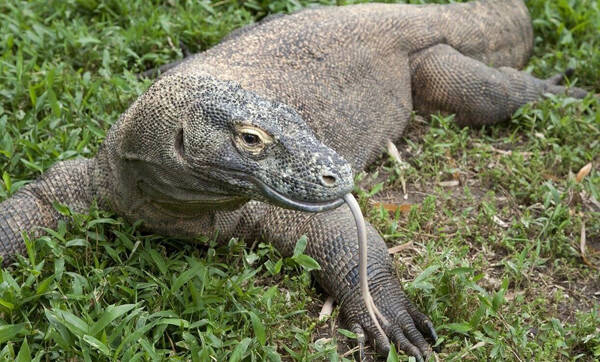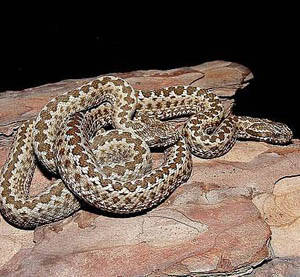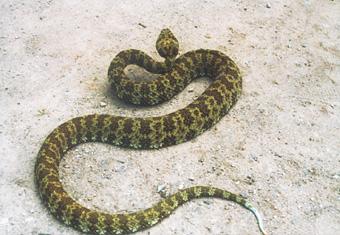Achalinus jinggangensis
IUCN
LCBasic Information
Scientific classification
- name:Achalinus jinggangensis
- Scientific Name:Achalinus jinggangensis
- Outline:Squamata
- Family:A.jinggangensis Snakes genus
Vital signs
- length:35-46cm
- Weight:No verification information
- lifetime:No verification information
Feature
It is a species endemic to China
Distribution and Habitat
It is only found in Dajing Village, Jinggangshan, Jiangxi, China. Its specimens were collected from the mountain roadside and under the rubble.
Appearance
The head is long and oval, not clearly distinguished from the neck, with medium-sized eyes and round pupils. There are 6 (3-2-1) scales on the upper lip, the first of which is the smallest and gradually increases in size towards the back; the sixth scale is the largest, equal to or larger than the sum of the first 5 scales. There are no cheek scales or preorbital scales; there are 2 + 3 (4) temporal scales, and both pre-temporal scales are in the orbit; the groove between the nasal scales and the snout scales is much longer than the groove between the nasal scales and the snout scales. The dorsal scales are small, narrow and lanceolate, with 23-23-23 rows, the outermost row is large and smooth, and the rest are obviously ridged. There are 164 ventral scales in females and 156 in males; there is 1 anal scale; there is a single row of subcaudal scales, 51 in females and 64 in males. The whole body is blue-black, with only the rear edge of the ventral scales being light in color, and the
Details
Achalinus jinggangensis is a small snake, which is unique to my country. Most of the snakes in the family Colubridae are non-venomous snakes, and the same is true for Jinggangshan Ridge Snake.
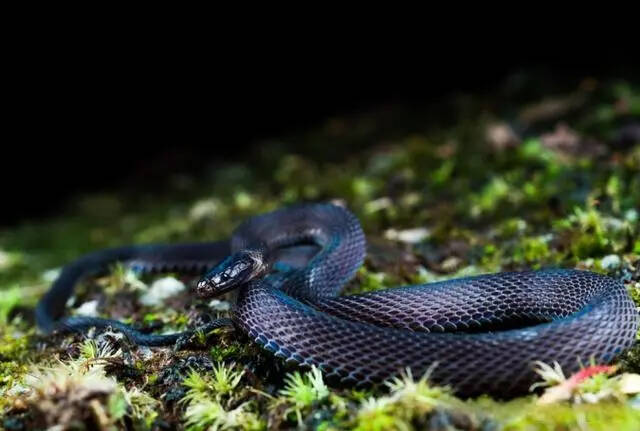
There is very little research data on Jinggangshan Ridge Snake, and the number is also scarce. Only four individuals were recorded between 1983 and 2009, and another five individuals were found in intensive surveys between 2010 and 2011. Their habitat is extremely narrow and they have been listed as critically endangered in the IUCN Red List. Now they are also listed as Class II protected animals in my country.
Listed in the "National List of Terrestrial Wildlife with Important Economic and Scientific Research Value" issued by the State Forestry Administration of China on August 1, 2000.
Listed in the China Biodiversity Red List - Vertebrate Volume, with an assessment level of Vulnerable (VU).
Listed in Class II of the "National Key Protected Wildlife List of China".
Protect wild animals and stop eating game.
Maintaining ecological balance is everyone's responsibility!

